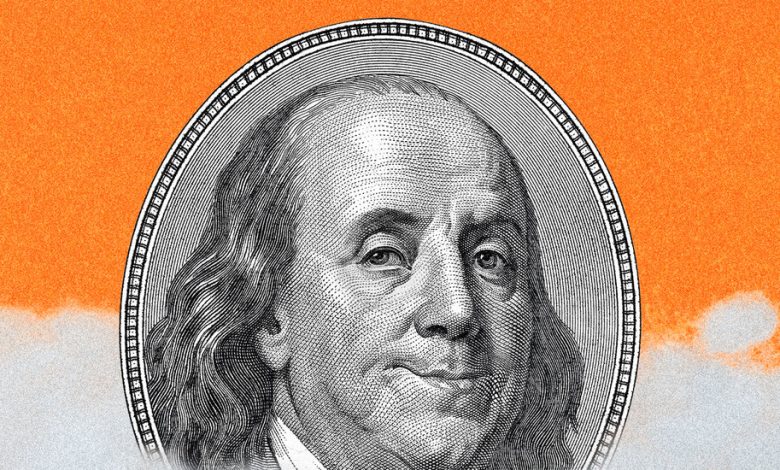Is the Landing Soft? Will It Stay That Way?

Way back in 1973, America was experiencing a troubling rise in inflation. But George Shultz, the Treasury secretary at the time, suggested that the problem would be transitory — that the economy could have a “soft landing.”
It didn’t. The 1970s were infamously a decade of stagflation, and inflation was finally brought under control in the 1980s only via tight money policies that caused years of very high unemployment.
So President Biden was tempting fate a bit when he declared in the State of the Union address that “the landing is and will be soft.” But he’s almost surely right.
What do we mean by a soft landing? Broadly speaking, achieving acceptably low inflation without high unemployment. But what do we mean, specifically, by low inflation and low unemployment? Back in October 2022, Harvard’s Jason Furman — a soft-landing pessimist at the time — laid out some specific, if somewhat arbitrary, criteria, asked his readers to put probabilities on possible outcomes and gave his own assessment:
Core PCE, by the way, is the personal consumption expenditure price index excluding food and energy, which the Federal Reserve prefers to use to guide monetary policy and is somewhat different from the Consumer Price Index. We won’t have that number for February until later this month, but as of January the index was up at a 2.5 percent annual rate over the previous six months, while unemployment in 2023 never went above 4 percent. So we were comfortably in Furman’s upper left box — the scenario he thought had only a 10 percent chance of happening.
And we’re very, very far from the predictions of some other economists, most famously Larry Summers, who believed that we’d have to go through years of very high unemployment to get inflation down.



